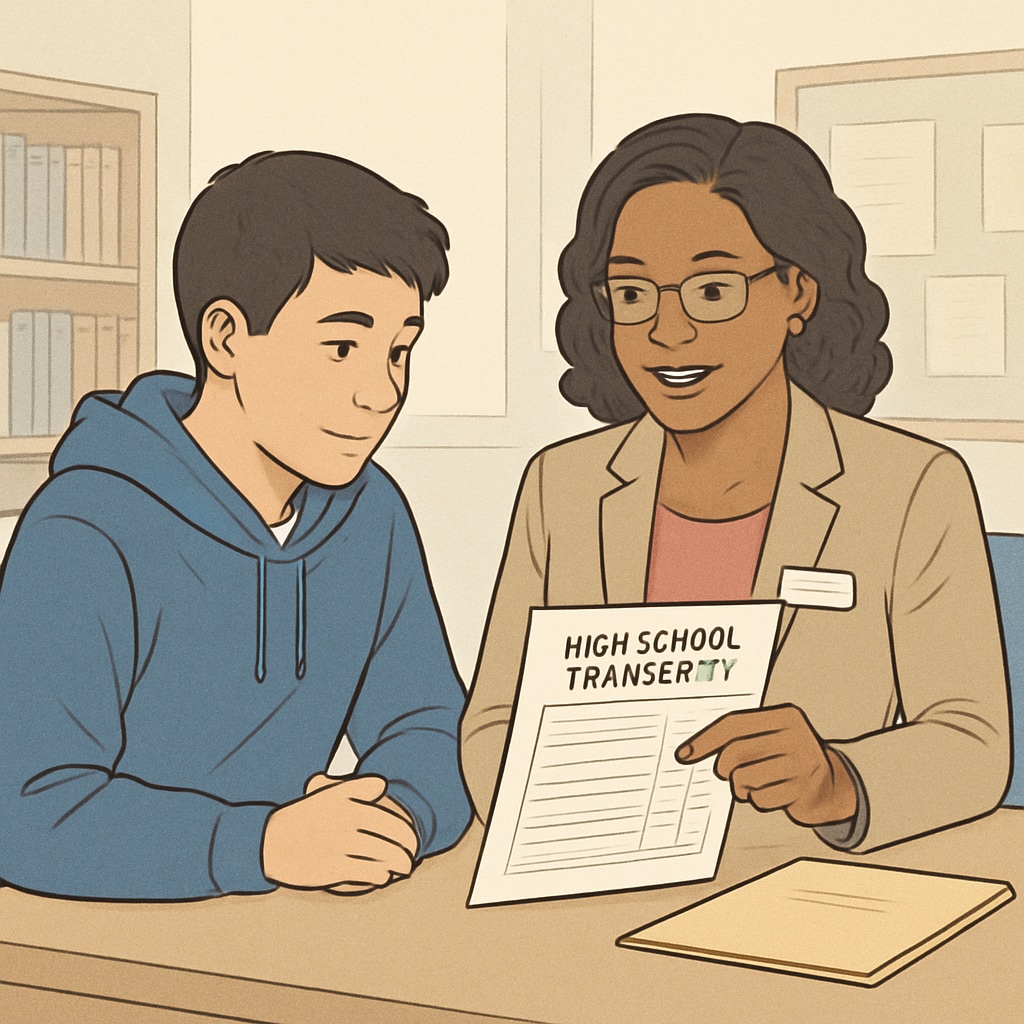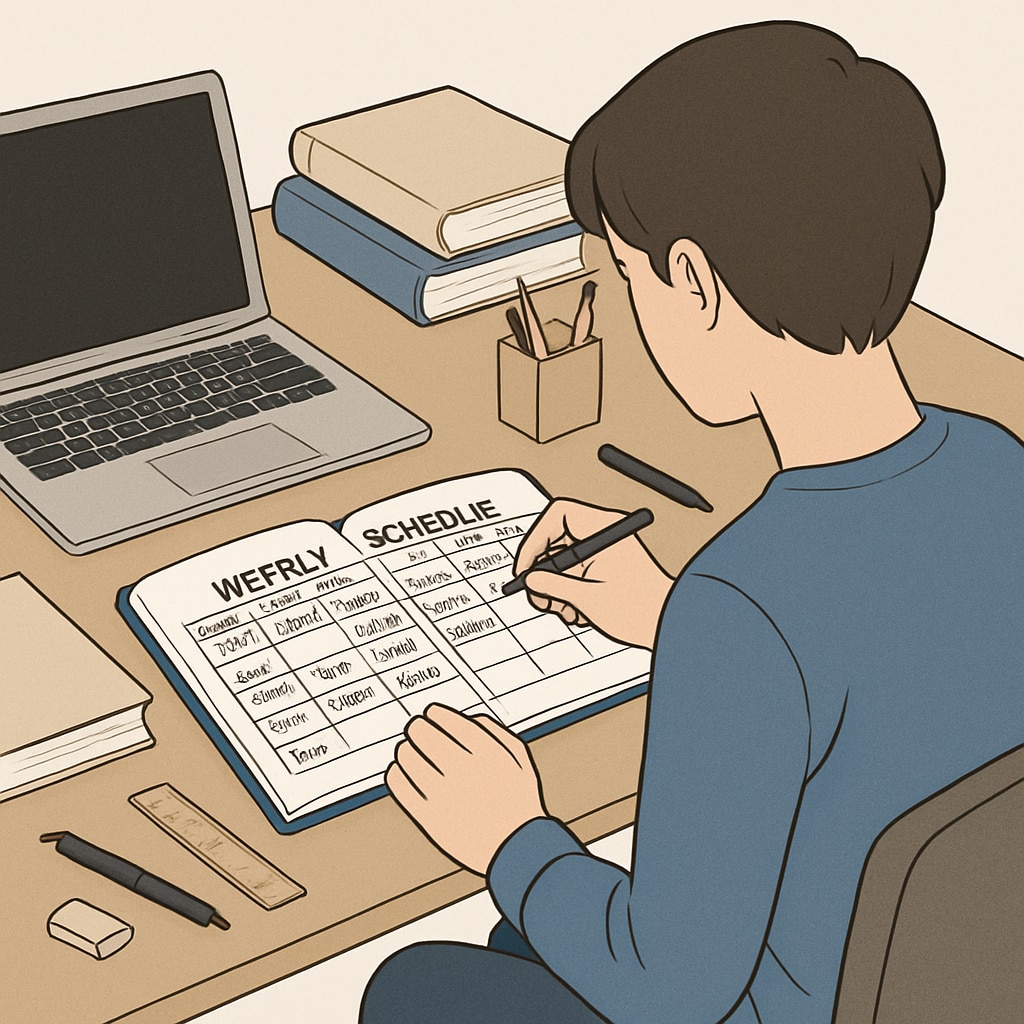Falling behind on high school credits can be a daunting challenge for many students. Whether due to personal struggles, academic difficulties, or unexpected life events, the pressure of catching up to graduate on time can feel overwhelming. However, with a structured plan and the right mindset, you can turn things around. In this guide, we’ll explore actionable steps to help you recover lost credits, stay on track, and achieve your goal of graduating on time.
Step 1: Assess the Situation and Set Clear Goals
The first step in catching up is understanding the scope of the problem. Schedule a meeting with your school counselor or academic advisor to review your transcript and determine how many credits you need to graduate. This assessment will help you outline a clear, realistic plan.
Ask questions like:
- How many credits am I short?
- What are the specific courses I need to complete?
- Are there any deadlines for enrolling in credit recovery programs?
Once you have this information, set specific, measurable goals. For example, aim to complete one credit within the next two months or enroll in summer school to cover a specific subject. Having clear objectives will keep you focused and motivated.

Step 2: Explore Credit Recovery Options
Many schools offer credit recovery programs designed to help students make up for lost time. These programs are often flexible and tailored to individual needs. Here are some common options:
- Online courses: Platforms like Edgenuity and Apex Learning allow students to complete coursework at their own pace. Check with your school to see which programs are approved.
- After-school programs: Some schools offer extra classes or tutoring sessions to help students catch up.
- Summer school: Intensives during the summer break can help you recover multiple credits in a short time.
- Dual enrollment: In certain cases, students can take courses at community colleges to earn both high school and college credits.
Each option has its pros and cons, so choose the one that aligns best with your schedule, learning style, and academic needs.
Step 3: Create a Study Plan and Stay Disciplined
Once you’ve enrolled in a program, success depends on your ability to stay consistent. Create a study schedule that balances your regular classes, credit recovery coursework, and personal commitments. For example:
- Weekdays: Dedicate 1-2 hours each evening to credit recovery work.
- Weekends: Use extra time for larger study sessions or catching up on missed deadlines.
Remember to break your work into manageable chunks to avoid burnout. Additionally, use tools like calendars, task management apps, or even a simple notebook to track your progress.

Step 4: Seek Support and Stay Motivated
Recovering high school credits is not something you have to face alone. Surround yourself with a support system that includes teachers, counselors, friends, and family. Don’t hesitate to ask for help when you encounter challenges. For example:
- Join a study group or find a study buddy who shares similar goals.
- Regularly check in with your counselor to ensure you’re on track.
- Celebrate small milestones, like completing a course or passing a test, to stay motivated.
In addition, remind yourself why graduating on time is important. Whether it’s pursuing college, starting a career, or achieving a personal goal, keeping your end goal in mind can be a powerful motivator.
Step 5: Avoid Future Setbacks
Finally, once you’ve caught up on your credits, it’s essential to stay on track to avoid falling behind again. Develop good study habits, manage your time effectively, and stay proactive about addressing academic challenges as they arise. For example:
- Keep track of your grades and progress regularly.
- Meet with your teachers or tutors if you’re struggling with a subject.
- Use school resources, like tutoring centers or academic workshops.
By staying organized and seeking help early, you can maintain steady progress toward graduation and beyond.
Recovering from a significant credit deficit is no small task, but it’s entirely achievable with determination and the right strategies. Remember, this journey is about progress, not perfection. Take it one step at a time, and you’ll be walking across that graduation stage before you know it.
External Resources:
For more information, check out this guide on high school diplomas on Wikipedia. You can also explore Britannica’s overview of secondary education.


